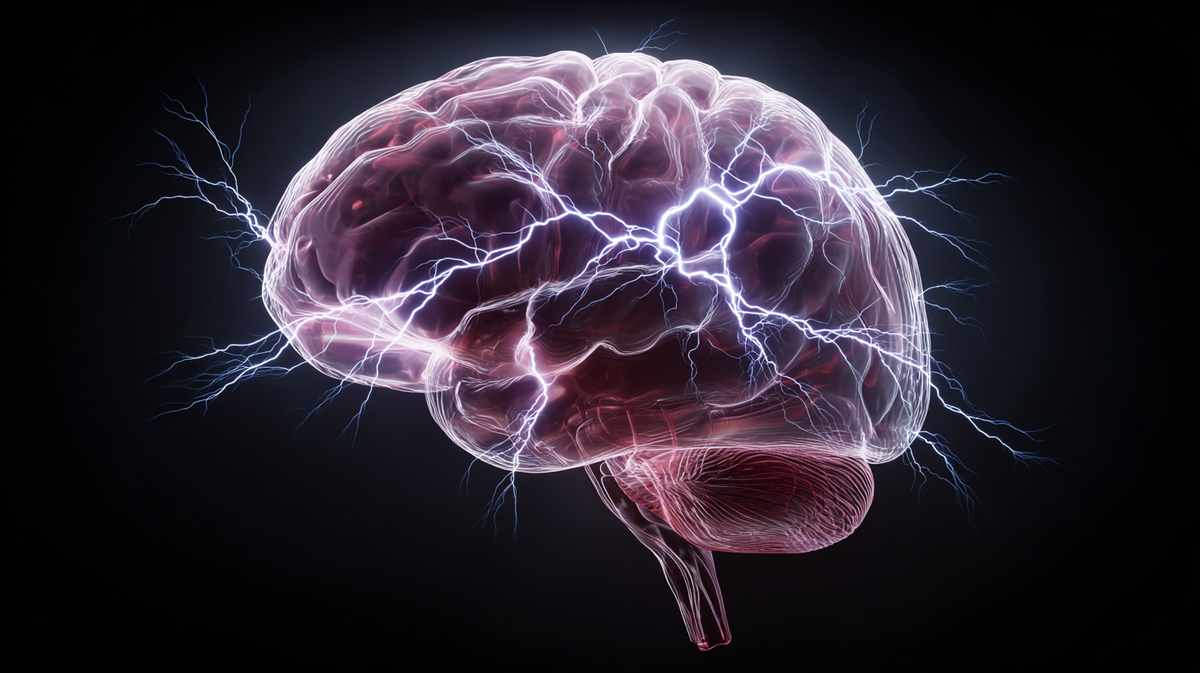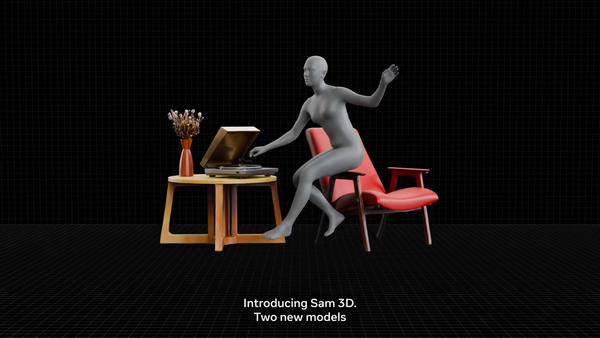Cognixion Launches Brain-Computer Interface Study Using Apple Vision Pro

- Cognixion is testing its EEG brain interface with Apple Vision Pro in a new clinical study.
- The goal is to enable non-surgical communication using brain signals, gaze, or head movement.
Cognixion has launched a clinical trial evaluating its non-invasive EEG interface paired with Apple Vision Pro. The study is designed to support real-time communication for individuals affected by ALS, spinal injuries, speech loss from stroke, or traumatic brain injury. It explores how combinations of brain activity, eye movement, and head direction can create new modes of interaction and expression using built-in accessibility features of the Apple Vision Pro, like Eye Tracking and Dwell Control.
"Apple has set a global standard by making accessibility integral to every device, and Apple Vision Pro extends that commitment to spatial computing," said Andreas Forsland, CEO of Cognixion, in an official press release. "By exploring how Cognixion's non-invasive BCI technology and AI applications can work with Apple's accessibility features, we hope to unlock new levels of independence and connection for people living with ALS, spinal cord injuries, stroke, and traumatic brain injuries. Our focus is on improving lives today without requiring surgery or tethered systems."
The research is measuring whether people with limited or no voluntary movement can use neural signals, gaze, or head orientation to operate a computer and express themselves, without undergoing surgery. The trial is currently enrolling and is scheduled to run through April 2026.
Cognixion is also examining how participants might use this system to control mobility tools or access media, education, and job-related tasks. A follow-up trial aimed at FDA approval is planned for 2026.
🌀 Tom’s Take:
Accessibility is the killer app of wearable tech made possible by placing sensors on our bodies. This trial could show that non-invasive tech can deliver real independence without the need for surgery.
Source: ACCESSWIRE / Cognixion






